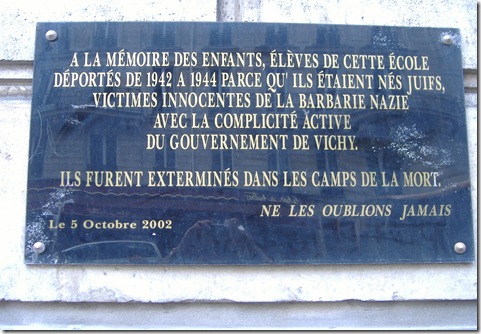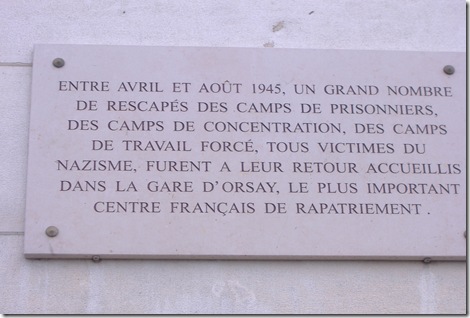 Over the course of the past five weeks, we have visited a number of sites focusing on the Jewish experience and the years leading up to and including World War II. I have always been moved by the accounts of determination and survival against horrendous odds and being in communities where so many of these historic events took place has been overwhelming at times.
Over the course of the past five weeks, we have visited a number of sites focusing on the Jewish experience and the years leading up to and including World War II. I have always been moved by the accounts of determination and survival against horrendous odds and being in communities where so many of these historic events took place has been overwhelming at times.
Part of our final day in Venice was spent in the Jewish quarter. It was established during medieval times in a particularly undesirable area of the town - near a copper foundry - the "geto". 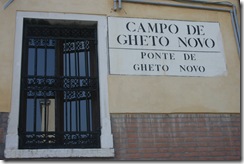
The space was limited so rather than spread out, the community was forced to "spread up" and the six storey "skyscrapers" still exist today. 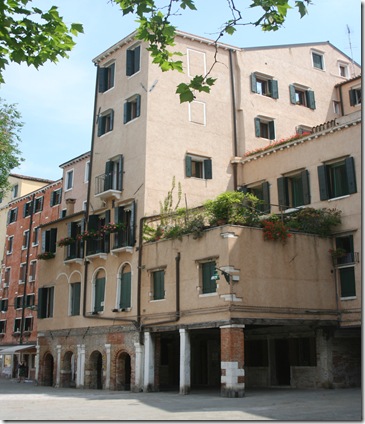
In the 1930's there were 12 000 Jews living in Venice. Today there are only about 500. A memorial stands in the square where 200 Jews were rounded up by the Nazis and deported. Only 8 returned. 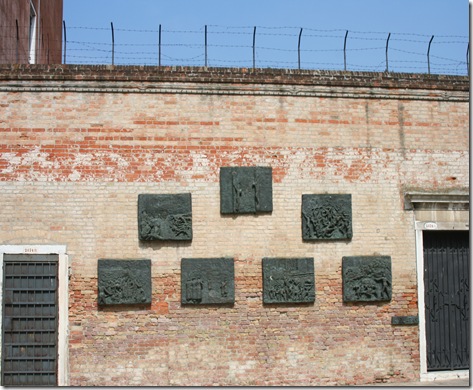
The plaques spoke volumes.
The names and ages of all 200 deportees are recorded on another wall. Thinking of my nieces and nephews who are the same age as the children listed or seeing women and men the same age as I am puts a human face on this incomprehensible event and makes it even more horrific.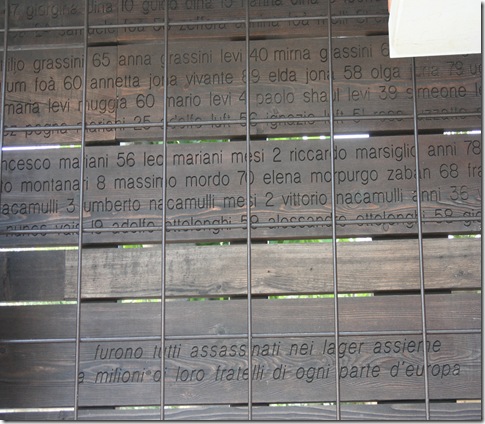
There were five active synagogues in this very small space. We could see three in one block without even having to turn around! Only one is in use today. Jewish law says no one can live above a synagogue so they were built on the top floor of the "skyscrapers". 
Behind Notre Dame is a Deportation Memorial dedicated to the 160000 French citizens who were deported by the Nazis and the Vichy government. 
This city has seen so much suffering and tragedy in its past and has recorded it in a variety of ways. It was an incredibly moving experience for all of us. 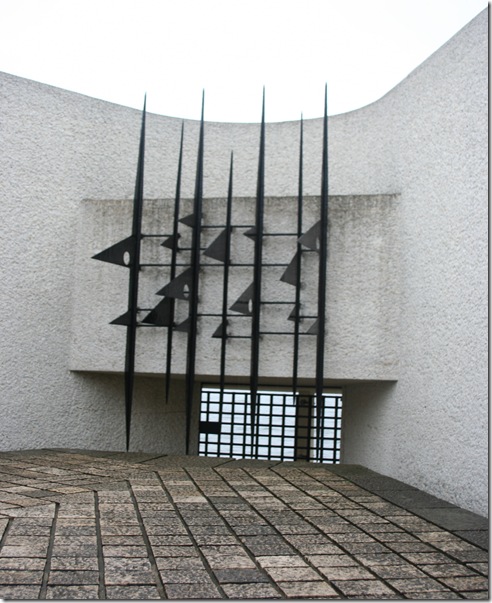
The memorial is below street level and the entrance is a narrow set of stairs that gives an amazing sense of confinement. 
At the bottom, there is a glimpse of the Seine through the iron gate and open sky above. A separate room holds the ashes of the unknown deportee as well as ashes and dirt from each of the concentration camps. 
But one can't help but be overcome when confronted with the corridor of lights - one for each life lost. 160 000 French citizens were deported and were killed - 11 000 of these were children - and only 3% returned. The visual image is staggering. I was so moved I had to return to the memorial later in the week to take this photo...the first visit was too moving to even think about taking pictures.
Around the city, there are plaques at various sites marking executions, acts of bravery or other sginificant events of this period. A constant reminder and hopefully a deterent - never again.
It is sad that at several of these sites and memorials, we have had to go through strict security measures that we didn't see at other tourist attractions. There were scanners at the synagogue in Vienna and restricted photography and only guided tours at the synagogues in Venice. Our bags were checked at the Deportation Memorial and, again, we were told video taping was forbidden It makes one wonder if any lessons have been learned from all this loss and suffering.



